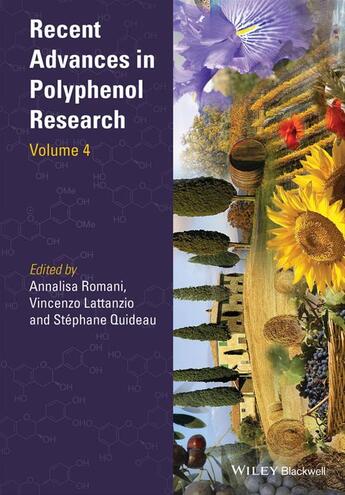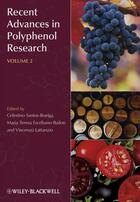-
Nombre de pages : (-)
-
Collection :
(-)
-
Genre :
(-)
-
Thème :
Non attribué
-
Prix littéraire(s) :
(-)
Résumé:
Plant polyphenols are secondary metabolites that constitute one of the most common and widespread groups of natural products. They express a large and diverse panel of biological activities including beneficial effects on both plants and humans. Many polyphenols, from their structurally simplest... Voir plus
Plant polyphenols are secondary metabolites that constitute one of the most common and widespread groups of natural products. They express a large and diverse panel of biological activities including beneficial effects on both plants and humans. Many polyphenols, from their structurally simplest representatives to their oligo/polymeric versions (also referred to as vegetable tannins) are notably known as phytoestrogens, plant pigments, potent antioxidants, and protein interacting agents.Sponsored by the scholarly society Groupe Polyphnols, this publication, which is the fourth volume in this highly regarded Recent Advances in Polyphenol Research series, is edited by Annalisa Romani, Vincenzo Lattanzio, and Stphane Quideau. They have once again, like their predecessors, put together an impressive collection of cutting-edge chapters written by expert scientists, internationally respected in their respective field of polyphenol sciences. This Volume 4 highlights some of the latest information and opinion on the following major research topics about polyphenols: Biosynthesis and genetic manipulation Ecological role of polyphenols in plant defense Actions of polyphenols in human health protection Physical organic chemistry and organic synthesisChemists, biochemists, plant scientists, pharmacognosists and pharmacologists, biologists, ecologists, food scientists and nutritionists will all find this book an invaluable resource. Libraries in all universities and research institutions where these disciplines are studied and taught should have copies on their bookshelves.
Donner votre avis















